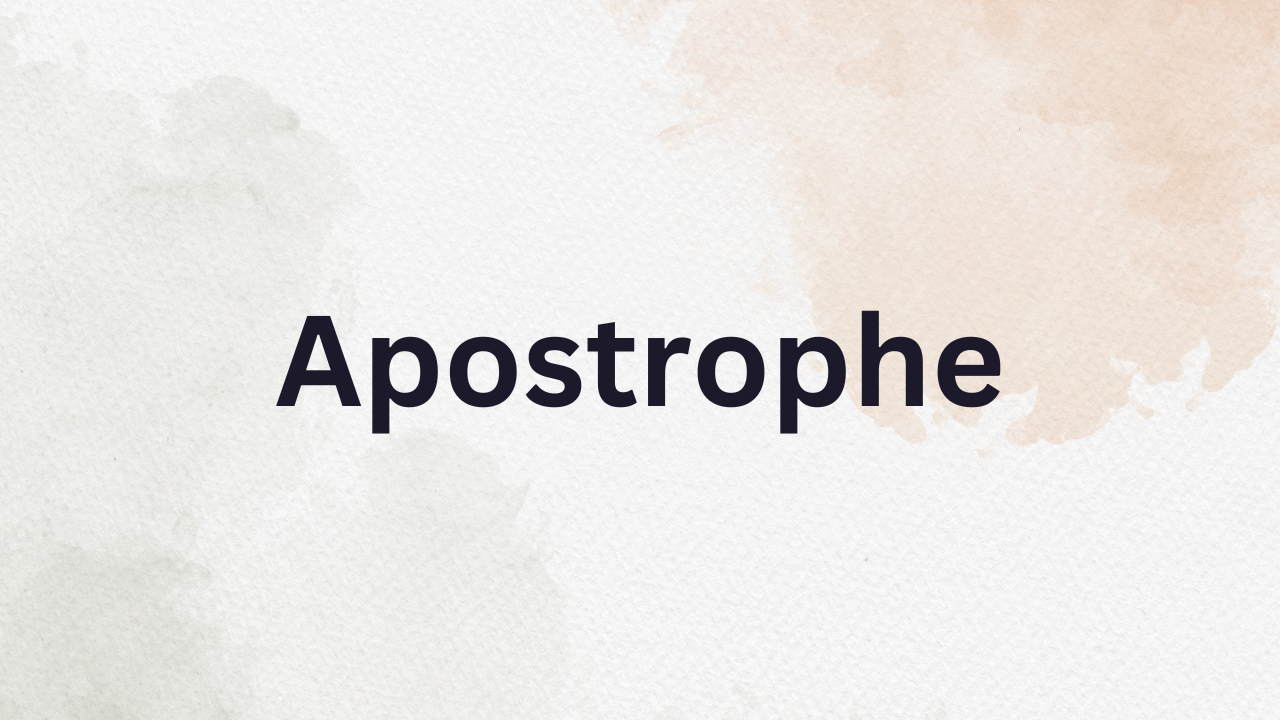No, we’re not talking about that tiny punctuation mark that tells you something belongs to someone! The apostrophe we’re diving into today is a figure of speech, and trust me, it’s way more dramatic.
In this version of apostrophe, a speaker directly addresses someone (or something) that isn’t physically present. It could be a person who’s absent or, more often, an object or abstract concept like love, death, or a star in the sky. Imagine standing in your kitchen and pouring your heart out to the refrigerator. Yep, that’s apostrophe!
How Does Apostrophe Work?
A classic example comes from Shakespeare (because, of course). In Romeo and Juliet, Juliet says, “O Romeo, Romeo, wherefore art thou Romeo?” In this famous line, she’s not talking to Romeo directly (because he’s not there yet). Instead, she’s addressing the idea of Romeo, his name, and everything it symbolizes. Talk about poetic!
Or take the poem Ode to the West Wind by Percy Bysshe Shelley. Here, Shelley addresses the wind as if it’s a powerful being, saying, “O wild West Wind, thou breath of Autumn’s being.” Is the wind going to answer back? Probably not. But Shelley sure gives it a lot of personality!
Why Use Apostrophe?
Writers use apostrophe to give their work a sense of immediacy and emotion. By addressing something directly, even if it can’t respond, they make the abstract feel personal and urgent. It also helps them vent, and let’s be honest, we’ve all ranted to our computer screens or yelled at our phones from time to time. Apostrophe just makes it a bit more poetic!
